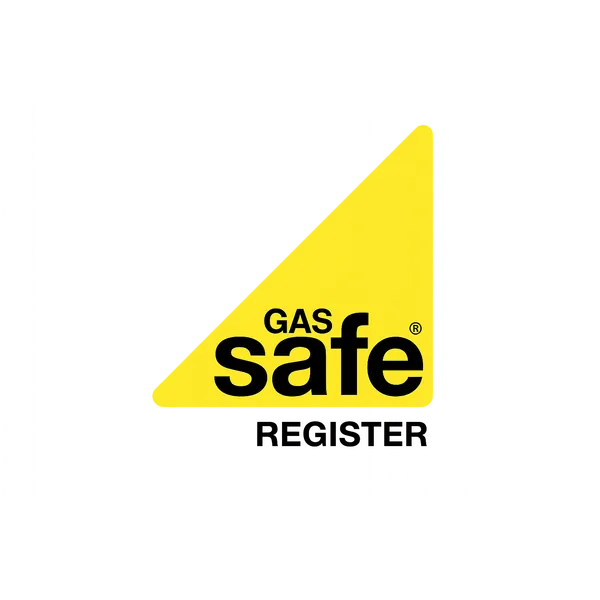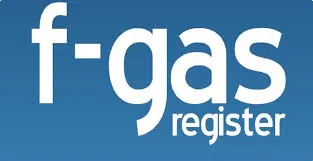Grid Trading with Your Home Battery: The Next Wave of Energy Savings
In the evolving landscape of UK energy, home batteries are no longer just backup power sources or simple energy arbitrage tools. They're becoming sophisticated assets that can actively participate in grid services, creating new revenue streams for homeowners while supporting the national transition to renewable energy. This comprehensive guide explores how grid trading with your home battery represents the next frontier in energy savings and sustainability.
Understanding Grid Services: Beyond Simple Storage
Grid services refer to the various ways energy storage systems can support the electricity network. While many homeowners use their batteries primarily for storing solar energy or shifting consumption to cheaper periods, the true potential lies in providing valuable services to the national grid.
Frequency Response Markets
The UK's electricity grid must maintain a stable frequency of 50Hz to function properly. When supply and demand become unbalanced, frequency fluctuates, requiring rapid response to stabilise the system. Home batteries can participate in frequency response markets through automated systems that:
- Provide rapid frequency response within seconds of detecting fluctuations
- Support grid stability during peak demand periods
- Earn revenue for being available and responding when called upon
National Grid ESO's (Electricity System Operator) balancing services, including Dynamic Containment, Dynamic Moderation, and Dynamic Regulation, offer significant revenue opportunities for aggregated home battery systems.
Vehicle-to-Grid (V2G) Technology
V2G represents the next evolution in home energy management, where electric vehicles become mobile energy storage units. When parked and connected to a V2G charger, your EV can:
- Discharge energy back to the grid during peak demand
- Support local network constraints in your area
- Generate additional revenue beyond simple charging cost optimisation
While V2G technology is still emerging in the UK market, early adopters are already demonstrating its potential to transform how we think about energy storage and grid participation.
Revenue Opportunities for Battery Owners
Automated Trading Platforms
Several UK energy suppliers and third-party platforms now offer automated trading services for home battery owners. These platforms:
- Connect your battery to their trading algorithms
- Optimise charging and discharging based on market signals
- Handle all regulatory requirements and market participation
- Provide regular payments for the energy services provided
Typical revenue can range from £200 to £800 annually, depending on battery size, usage patterns, and market conditions.
Local Flexibility Markets
Distribution Network Operators (DNOs) are increasingly establishing local flexibility markets to manage constraints on their networks. Home batteries can:
- Reduce local network congestion during peak periods
- Support renewable energy integration in areas with high solar or wind penetration
- Earn additional revenue for providing localised grid support
These markets are particularly valuable in regions with significant renewable generation or network constraints.
The UK Regulatory Landscape
Smart Export Guarantee (SEG)
The SEG requires licensed electricity suppliers to offer tariff rates for exported renewable electricity. While primarily designed for solar exports, some suppliers are extending these arrangements to battery exports under specific conditions.
Ofgem Regulations and Market Access
The UK's energy regulator, Ofgem, has been actively working to remove barriers for smaller-scale participants in energy markets. Key developments include:
- Virtual Lead Party arrangements allowing aggregators to pool multiple small assets
- Simplified market access for domestic-scale storage
- Enhanced consumer protections for participants in grid services
Future Market Reforms
The UK government's Smart Systems and Flexibility Plan outlines ambitious reforms to create a more dynamic and responsive energy system. These include:
- Half-hourly settlement across all meters by 2025
- Enhanced time-of-use tariffs that better reflect real-time grid conditions
- Standardised interfaces for smart home devices and storage systems
How CRG Direct Prepares Systems for Future Opportunities
At CRG Direct, we believe in future-proofing your energy investment. Our approach ensures your battery system is ready to capitalise on emerging opportunities:
Hardware Selection and Configuration
We carefully select battery systems and inverters that support:
- Open communication protocols for easy integration with trading platforms
- Sufficient power output for meaningful grid participation
- Cycling capability designed for frequent charge/discharge cycles
- Future software updates to support new market opportunities
Smart System Design
Our installations are designed with grid services in mind:
- Appropriate sizing based on your energy usage and grid participation goals
- Optimised electrical configuration for maximum flexibility
- Future expansion capability for additional storage or EV integration
Ongoing Support and Updates
We provide continuous support to ensure your system remains compatible with evolving market opportunities:
- Regular firmware updates to maintain compatibility
- Market intelligence about new revenue opportunities
- Performance monitoring to optimise your system's participation
The Environmental and Social Benefits
Beyond financial returns, participating in grid services delivers significant environmental and social benefits:
Supporting Renewable Integration
Home batteries help smooth the intermittent nature of renewable generation, enabling higher penetration of solar and wind power without compromising grid stability.
Reducing Carbon Emissions
By providing rapid response services traditionally handled by fossil fuel power plants, battery systems help reduce the carbon intensity of grid balancing.
Enhancing Energy Security
Distributed energy storage creates a more resilient grid less vulnerable to single points of failure or supply disruptions.
Getting Started with Grid Trading
Assessment and Planning
Begin with a comprehensive assessment of your current energy usage, battery system capabilities, and local market opportunities. Consider:
- Your typical energy consumption patterns
- Battery specifications and compatibility with trading platforms
- Local network conditions and flexibility market opportunities
Choosing the Right Partners
Select energy suppliers and trading platforms that:
- Have proven experience in battery aggregation
- Offer transparent pricing and clear terms
- Provide reliable customer support
- Align with your sustainability goals
Implementation and Optimisation
Work with experienced installers like CRG Direct to ensure proper configuration and ongoing optimisation of your system's participation in grid services.
The Future of Home Energy Storage
As technology advances and markets mature, we expect to see:
- Increased automation making participation seamless for homeowners
- New revenue streams from emerging grid services
- Enhanced V2G capabilities as electric vehicle adoption grows
- AI-powered optimisation maximising returns across multiple value streams
Ready to Unlock Your Battery's Full Potential?
Grid trading represents the next evolution in home energy management, transforming passive storage into active grid assets. With the right system design and partnerships, UK homeowners can generate significant additional revenue while supporting the transition to a cleaner, more resilient energy system.
At CRG Direct, we're committed to helping our customers navigate this exciting landscape. Our expertise in system design, market access, and ongoing support ensures your energy storage investment delivers maximum value today while remaining ready for tomorrow's opportunities.
Take the next step in your energy journey. Contact our team today to discuss how we can help you unlock the full potential of your home battery system.















